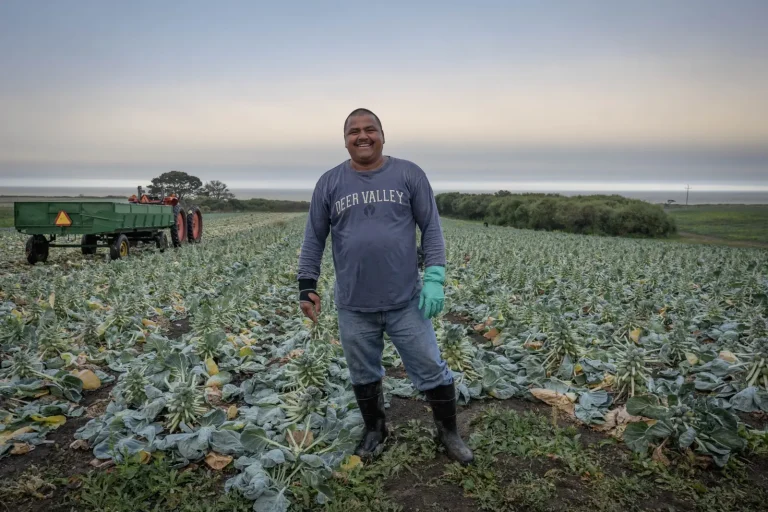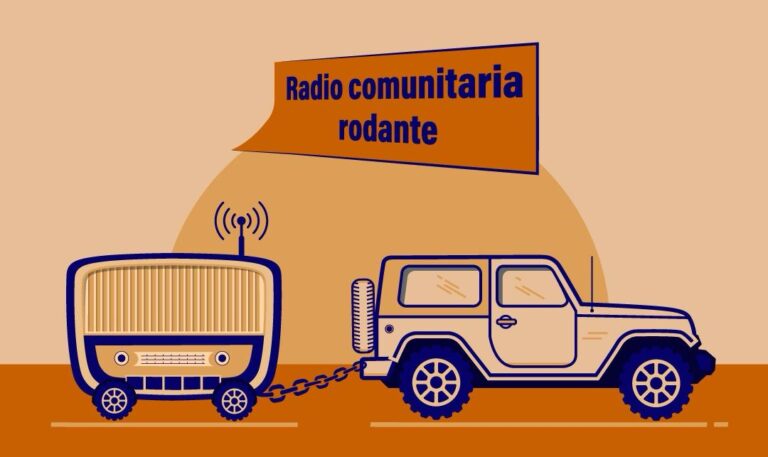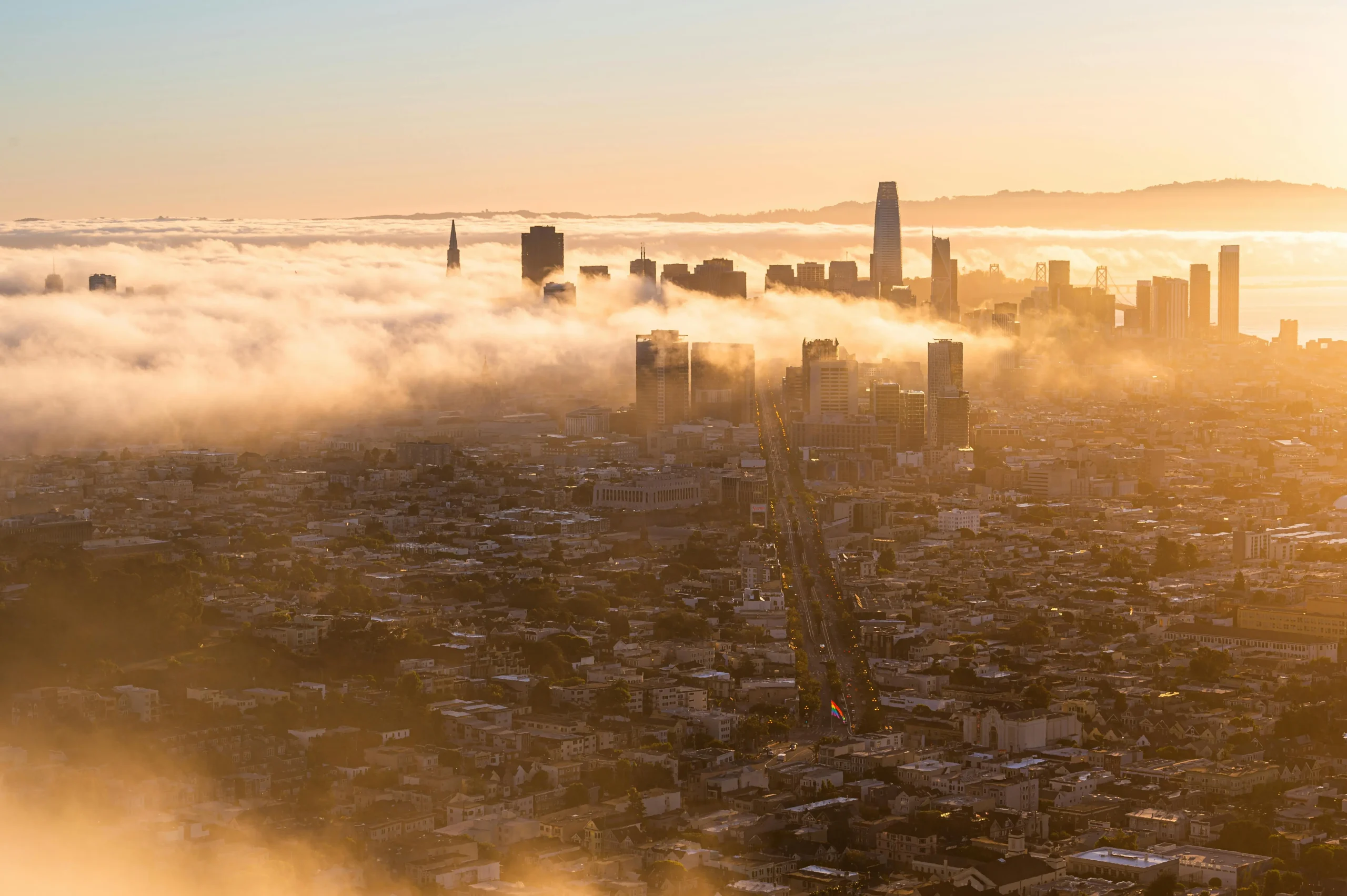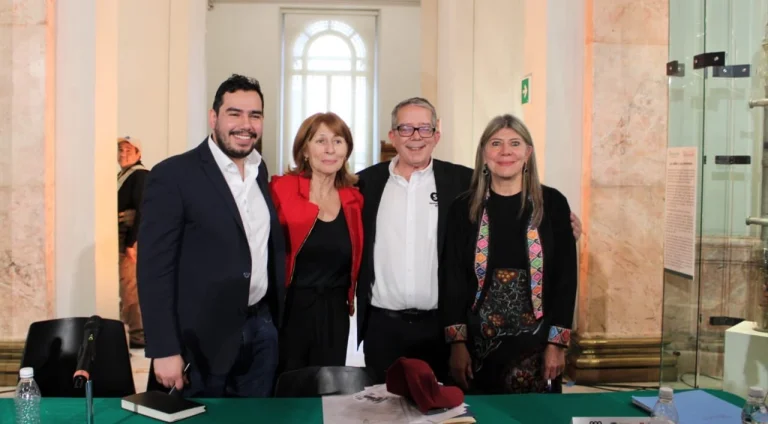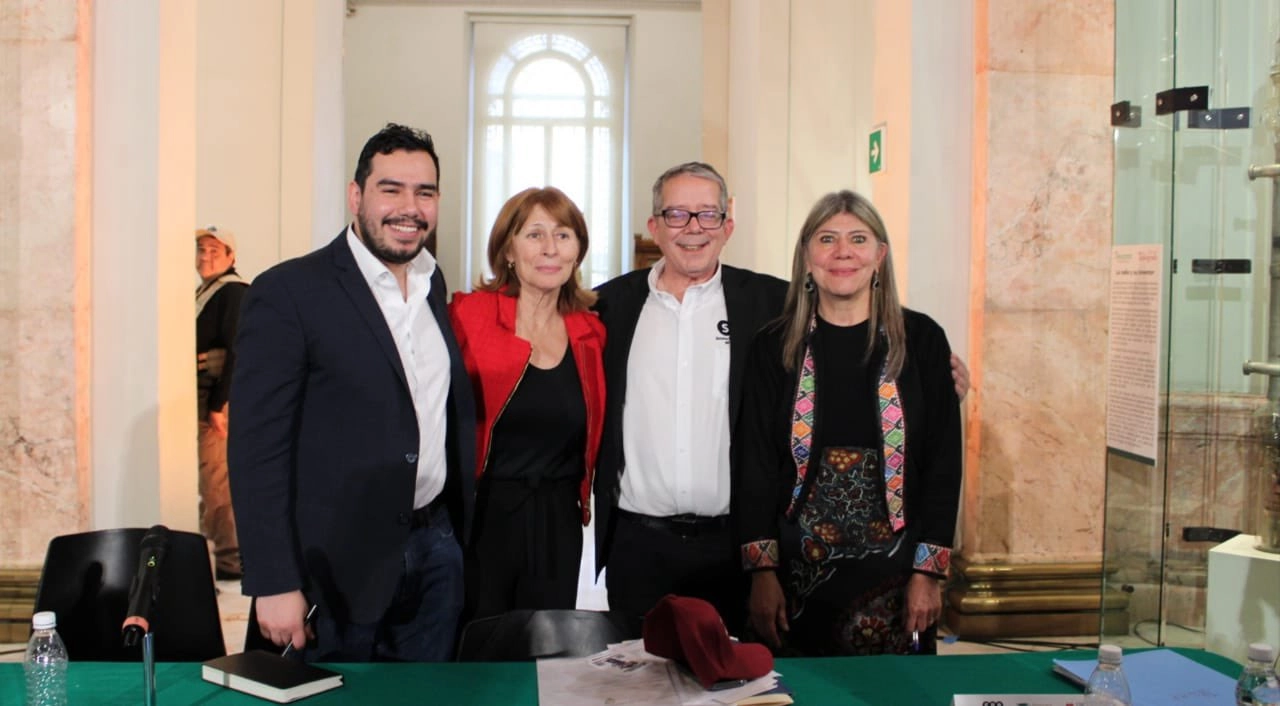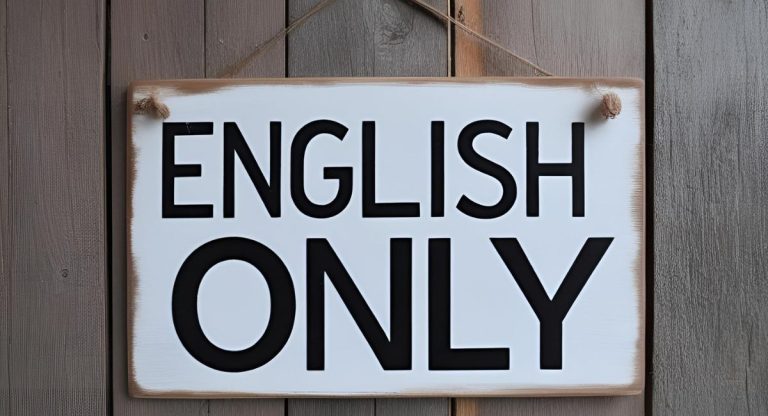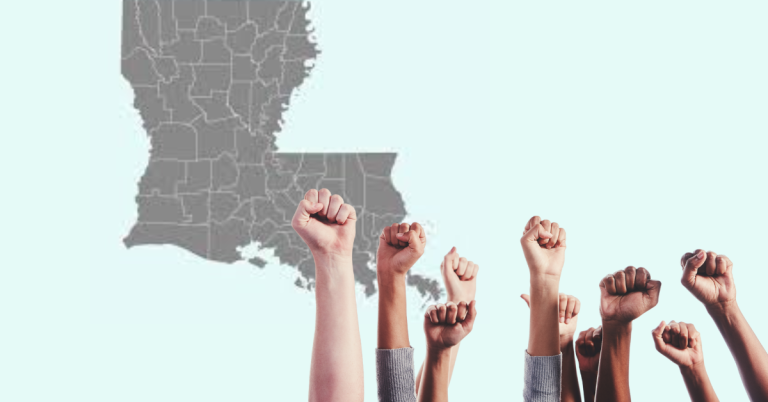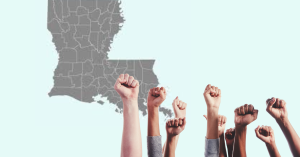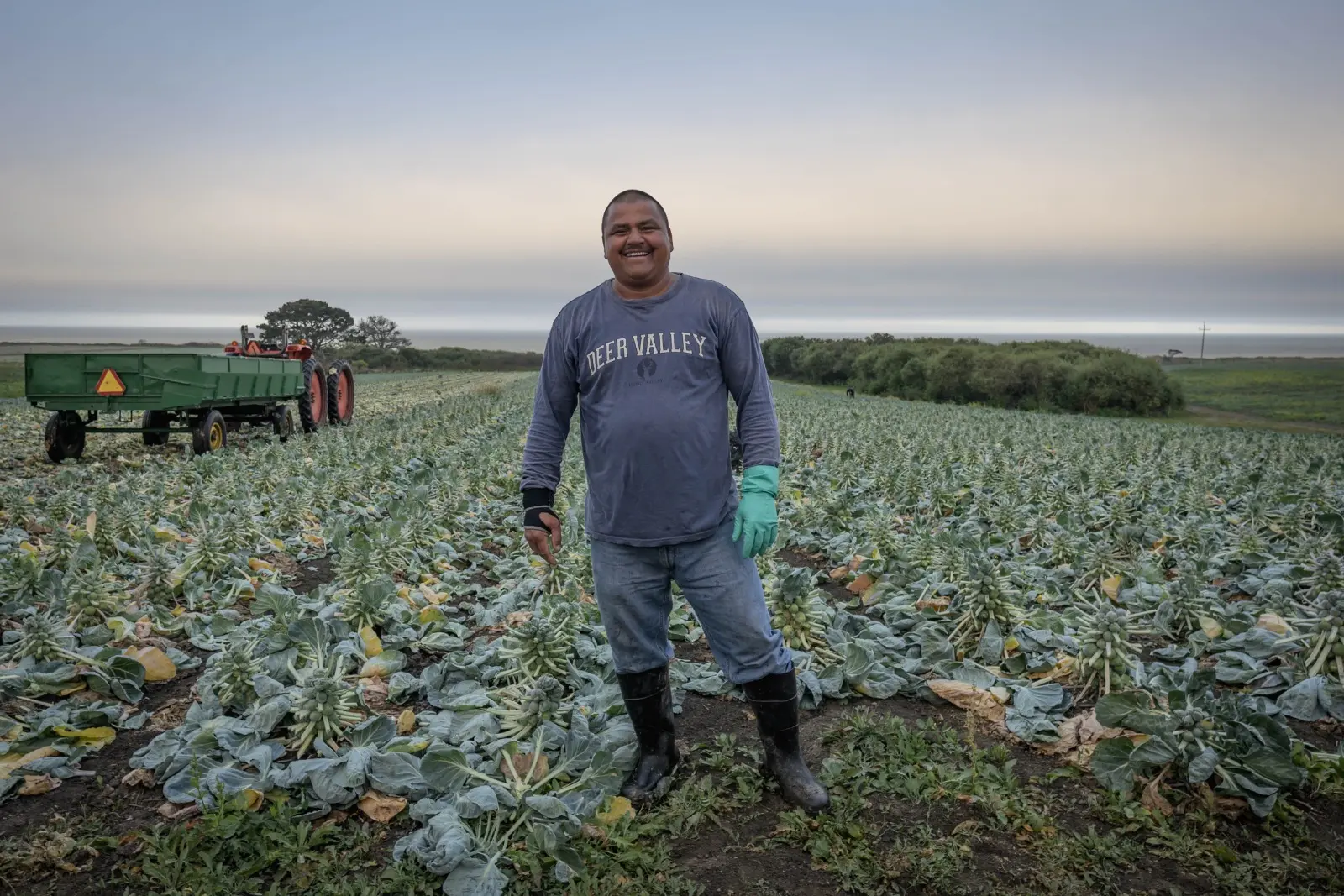
Durante esta semana, el San Mateo County, la Oficina del Supervisor Ray Mueller y los socios comunitarios ofrecerán una variedad de eventos para reconocer el papel vital que desempeñan los trabajadores agrícolas al poner comida en nuestras mesas y destacar los desafíos que enfrentan.
La “Semana de Concientización sobre los Trabajadores Agrícolas”, que comienza este lunes 24 de marzo, incluye eventos festivos y se centra en la lucha de décadas (y en curso) por los derechos civiles.
El supervisor Mueller ha invitado a oradores invitados a la reunión de la Junta de Supervisores del martes 25 de marzo, entre los que se incluirán familiares de César Chávez, el líder de derechos civiles que ayudó a formar el sindicato United Farm Workers e impulsó a la sociedad estadounidense a reconocer los derechos de los trabajadores agrícolas y los latinos.
“Especialmente ahora, cuando esta comunidad enfrenta la retórica más dura, creo que es más importante que nunca apoyarlos y llamar la atención sobre sus necesidades y trabajar para apoyarlos”, señaló el supervisor Mueller.
Quienes trabajan en las granjas y ranchos del condado de San Mateo contribuyen a la industria agrícola local, valorada en 100 millones de dólares, y constituyen una pequeña pero vital parte de los 2.6 millones de trabajadores agrícolas en Estados Unidos.

“Más allá de los trabajadores agrícolas, son madres, padres, abuelos, líderes, voluntarios, maestros y más”, dijo la doctora Belinda Hernández-Arriaga, directora ejecutiva de Ayudando Latinos A Soñar (ALAS), una organización sin fines de lucro de Half Moon Bay que trabaja diariamente para abordar las necesidades de los trabajadores agrícolas costeros y organiza eventos de la Semana de Concientización sobre los Trabajadores Agrícolas.
“Esta semana nos recuerda que debemos celebrar a quienes cuidan la tierra y a todos nosotros. También debemos seguir defendiendo y mejorando sus vidas con recursos, vivienda, salud mental, atención médica y más”, destacó Hernández-Arriaga. “Esta semana nos une para comprometernos a estar unidos con nuestra comunidad de trabajadores agrícolas”.
Celebraciones y eventos tienen lugar durante toda la semana, culminando con el Día de César Chávez el lunes 31 de marzo, un feriado conmemorativo federal y también en California.
Para los organizadores, la semana se trata tanto de reconocer las contribuciones de los trabajadores agrícolas como de destacar su trabajo ante un público más amplio.
“Creo que es muy fácil ver los días festivos en el calendario y celebrarlos como si fueran días libres. Pero conectar eventos durante toda la semana para crear conciencia crea una interacción con la comunidad. Eso le da sentido a ese día en el calendario y nos permite reflexionar profundamente sobre lo que debemos hacer para apoyar a una comunidad desatendida”, subrayó Mueller.
Entre los eventos, destacan el de “Ayude a crear conciencia: trabajadores agrícolas en el condado de San Mateo”, el cual, a partir de las 11:00 horas de este lunes 24 de marzo, el condado y sus colaboradores darán inicio a la semana de celebración con un discurso inaugural y una presentación de diapositivas. El evento se llevará a cabo en el Salón Manzanita, 500 County Center, Redwood City.
Otro más es la presentación y oradores invitados durante la Reunión de la Junta de Supervisores, la cual tendrá lugar el martes 25 de marzo, donde además se presentará una proclamación que declara la Semana de Concientización sobre los Trabajadores Agrícolas en el Condado de San Mateo.
Entre los oradores previstos se encuentran el doctor Pedro Nava de la Universidad de Santa Clara y miembros de la familia Chávez.
El evento se llevará a cabo durante la sección de Presentaciones y Premios de la agenda de la Junta de Supervisores, con participación presencial y remota. La reunión comienza a las 9:00 horas en la Sala de la Junta de Supervisores, primer piso, 500 County Center, Redwood City.
El miércoles 26 de marzo, residentes podrán asistir a las 18:00 horas a una presentación de Campesinos: America’s Unsung Heroes en el campus Coastside del College of San Mateo, ubicado en el 650 de Mill St., Unidades 101/102, en Half Moon Bay.
A las 19:00 horas se realizará una mesa redonda con expertos en los campos de atención médica para trabajadores agrícolas, protección de los trabajadores contra el robo de salarios y otros problemas que afectan a los trabajadores con bajos salarios en el condado de San Mateo.
A ello se sumará música, libros y más, pues habrá una lectura de libros a las 16:00 horas el jueves 27 de marzo en la Biblioteca de Half Moon Bay, ubicada en la calle Correas 620, en Half Moon Bay. Entre los libros que los asistentes podrán disfrutar se incluyen “La Mariposa” de Francisco Jiménez, “El Último Desastre” de Antwan Eady y “Gracias a un Granjero” de Maria Gianferrari.
Finalmente, se presentará la conferencia “El Poder del Pueblo/Construyendo Solidaridad y Creando Cambio”, al cual acudirá el supervisor Mueller como invitado.
You may be interested in: 21 miles wasn't the end but just the beginning

